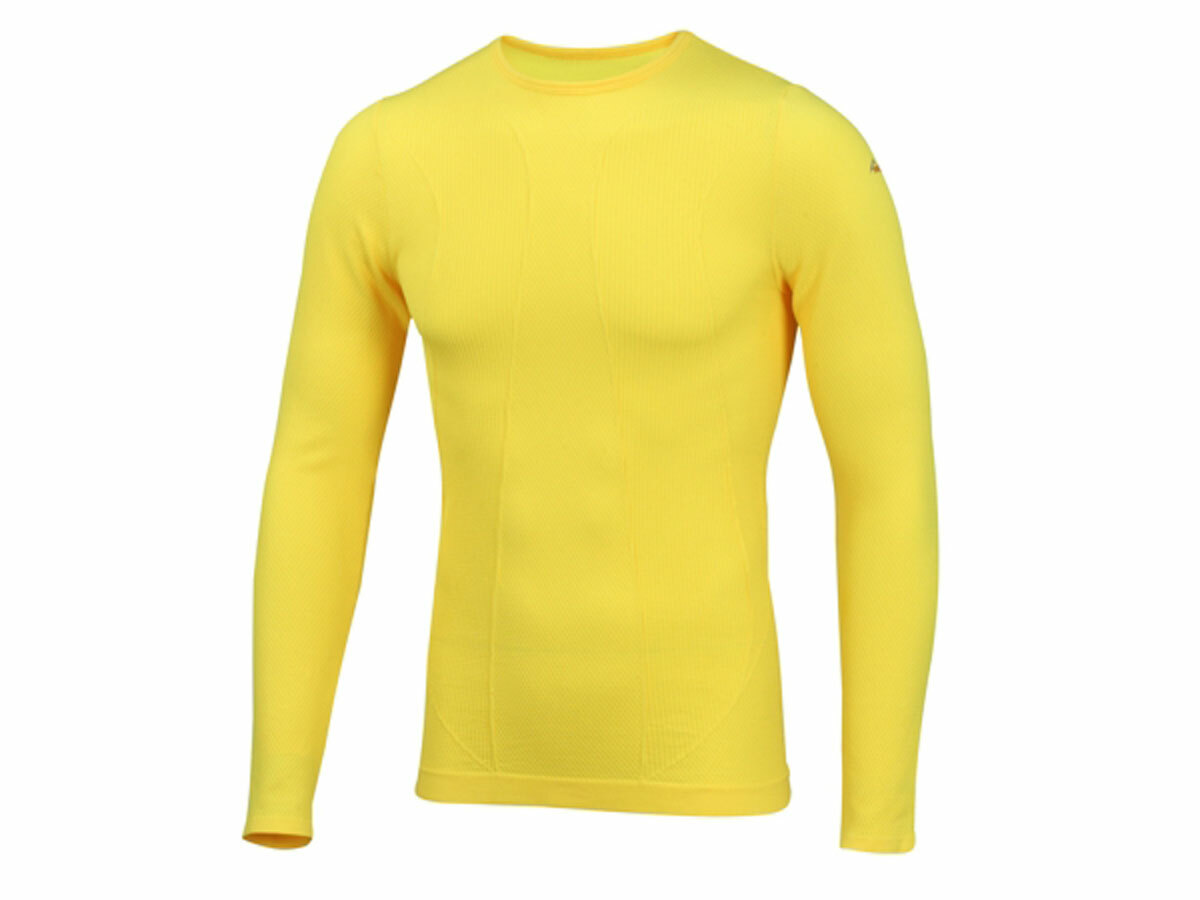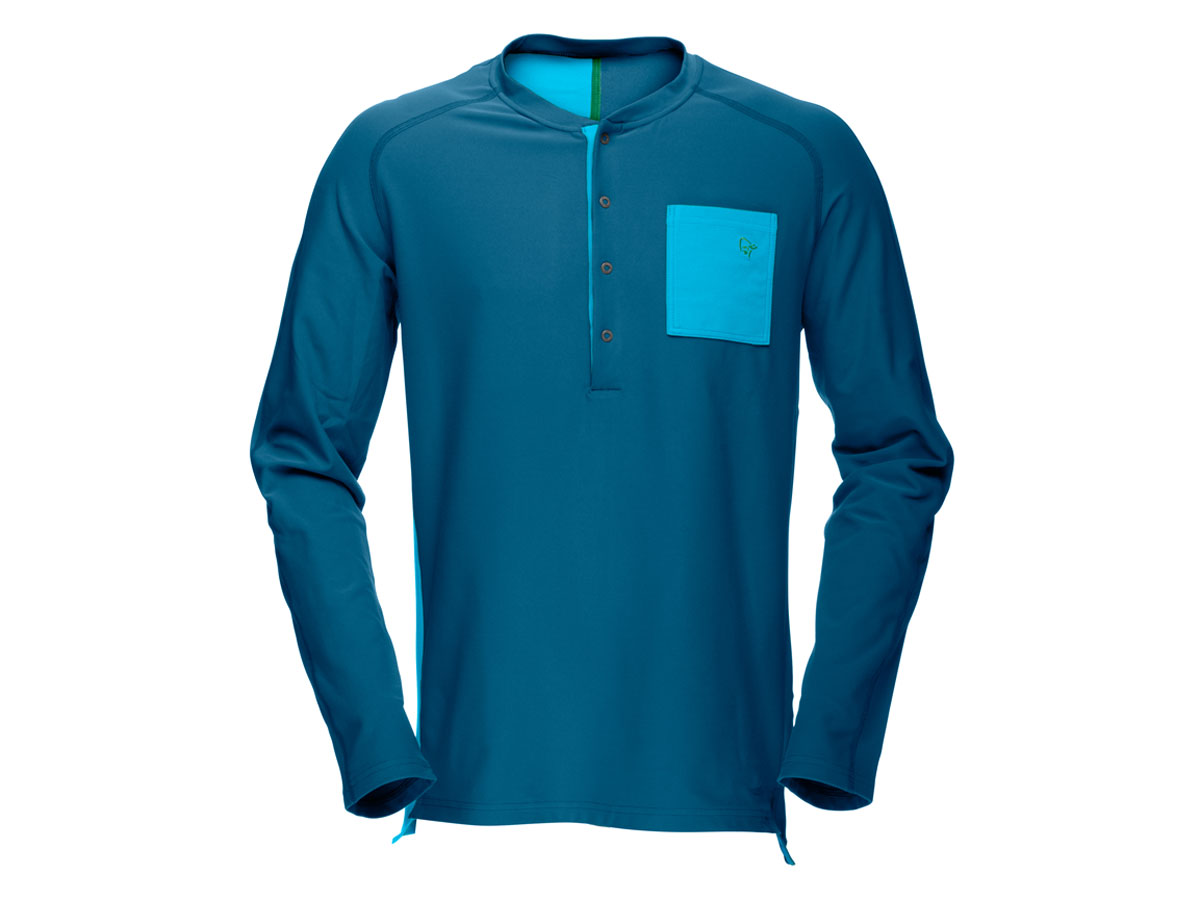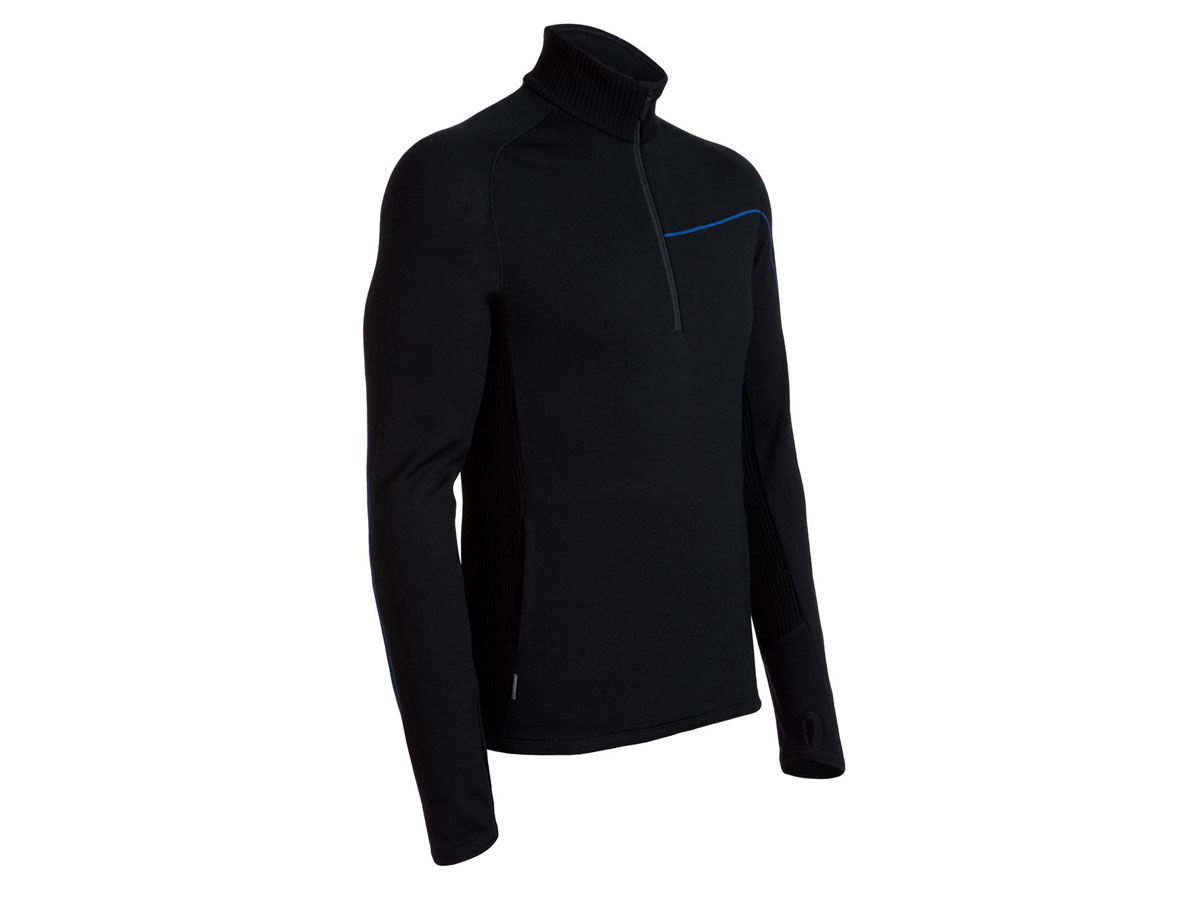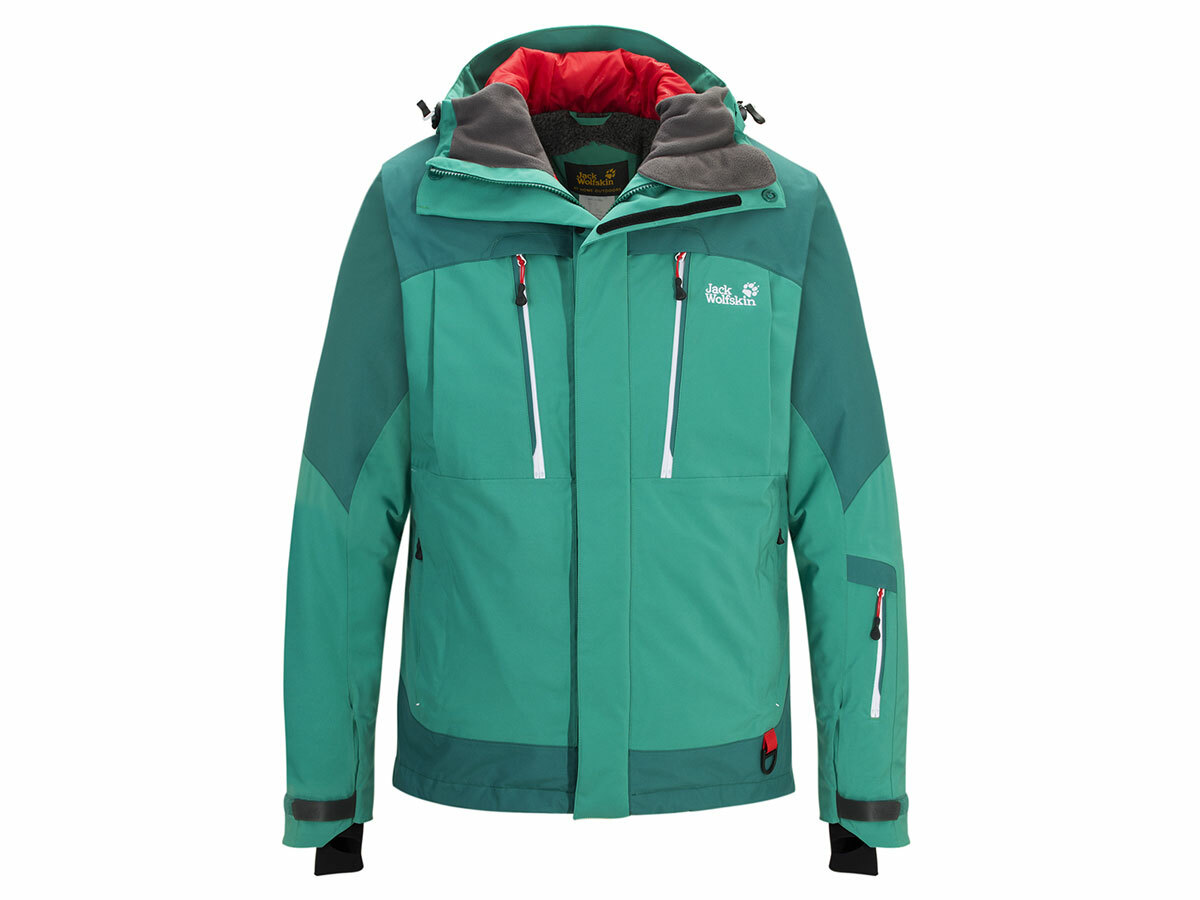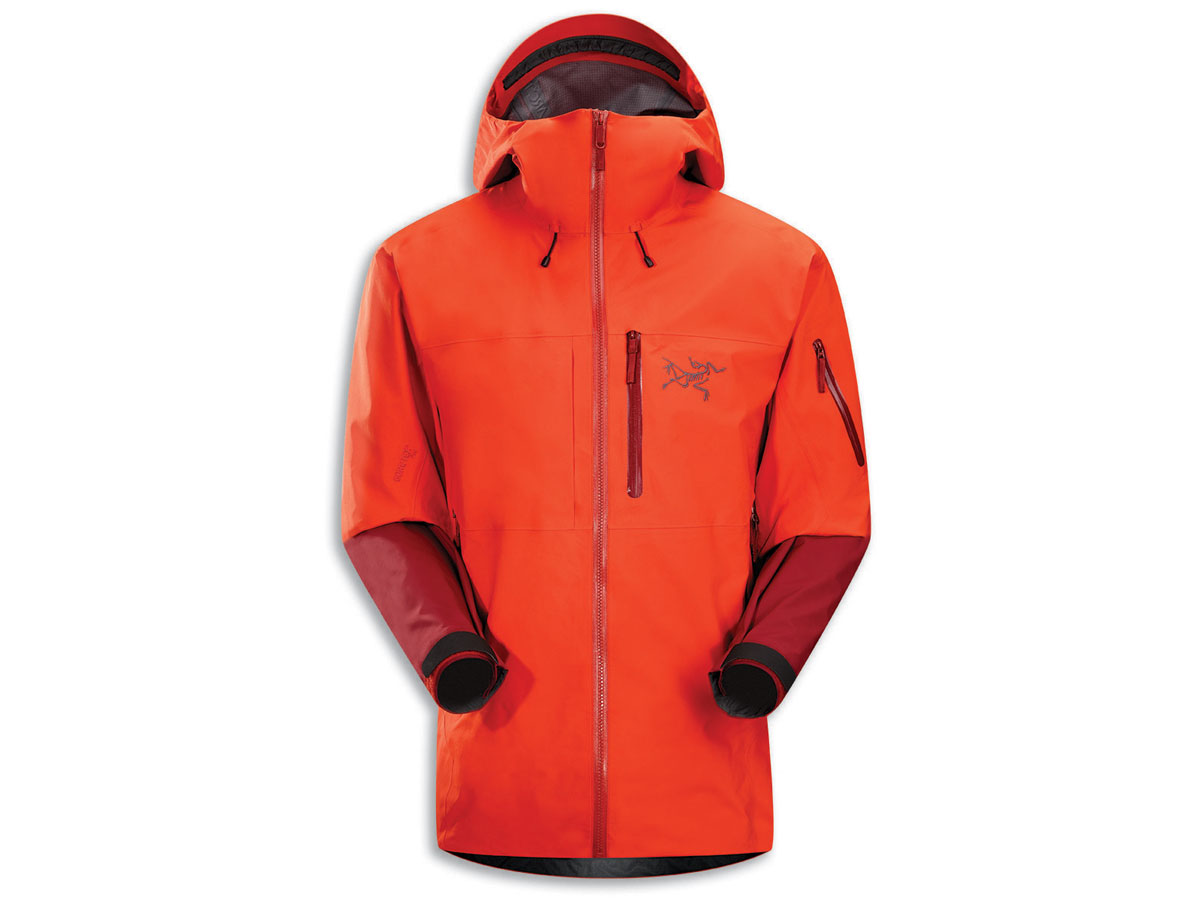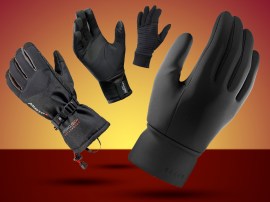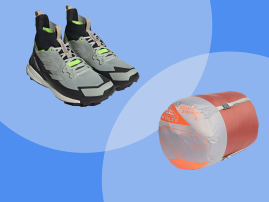Stuff’s winter survival guide: how to stay warm like a pro skier
Arc'teryx freeride skier Stian Hagen explains why a massive duffel coat is not the answer: it's all about layers
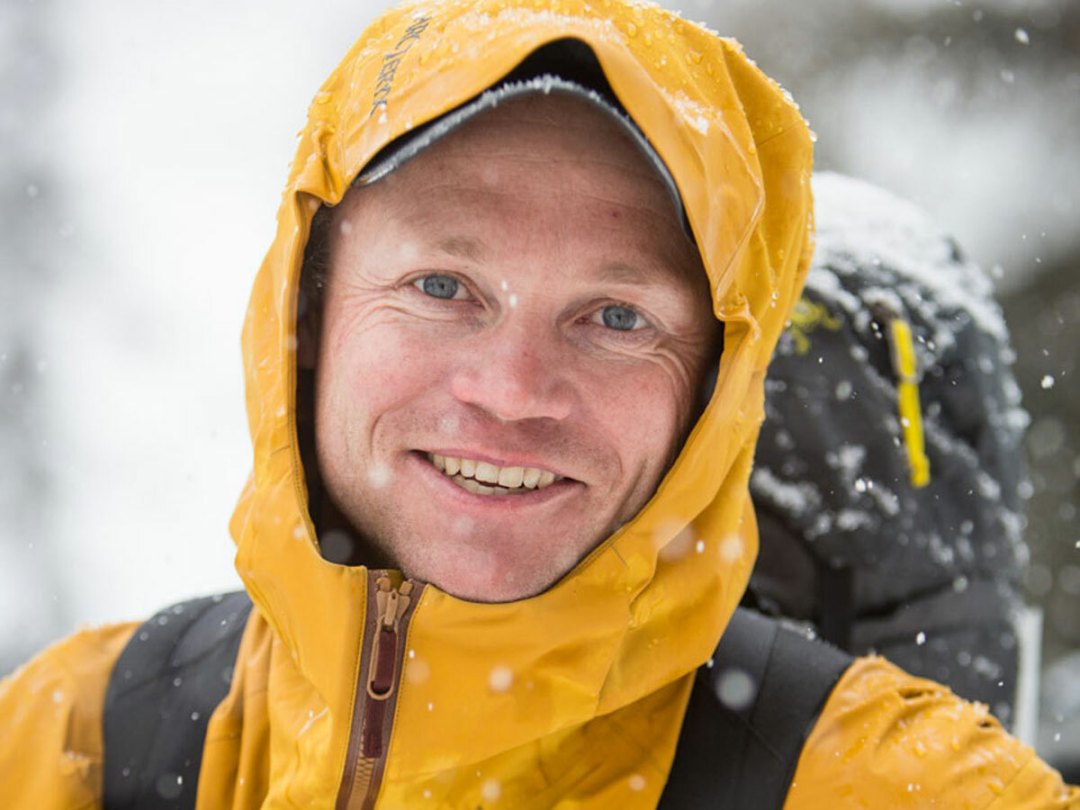
With various acts of snowy derring-do from the Sochi Olympics lighting up TV screens at the moment, chances are your thoughts are turning to the slopes and winter sports. We caught up with Norwegian professional ski-wearer Stian Hagen to find out the best way to stay toasty on the frigid slopes – and afterwards when you’re sipping schapps and scoffing fondu.
Base layer
Closest to your skin, this disperses sweat when you’re active and dries quickly when you rest. It also traps air to retain body heat. Use a Merino wool base layer under a mid layer on cold days or as your main insulator when the sun’s out.
On the slopes: Sub Zero Factor 1 Plus (£15)
This UK-made base layer is crafted from a stretch fabric with hydrophilic coating that helps wick away beads of sweat. The body section doesn’t have any seams either, and combined with the long cut that ensures you’ll have a chafe-free day.
Off piste: Norrona Narvik Tech+ Sweater (£60)
Bad weather forecast? This medium-weight, breathable base layer will keep you toasty, while doubling as a mid-layer on warmer days. The fabric has great elasticity to make sure it stays snug and has been treated to reduce end-of-day odours.
Mid-layer
Here be warmth. Mid-layer fleeces often use synthetic insulation such as Coreloft, which is fine most of the time. For colder weather, though, look for ones containing down, which is a better insulator, but doesn’t like getting wet.
On the slopes: Bergans Osen (£205)
Made from a unique mix of high loft down and windproof organic wool, the Osen can be used as a mid-layer in wet or cold conditions and as an outer in cool, dry conditions. Which could save you enough packing space to take your Cheetarah onesie for pre-dinner wear.
Off piste: Icebreaker Crosscut Zip (£85)
The Crosscut is made from top-quality Kiwi Merino wool. It has an ergonomic cut for a long days in the hills, but also looks great for aprés. Well made, too: it’ll serve many a snowy season without splitting a seam.
Outer shell
These deflect wind, rain and snow while helping to trap air for warmth. Two types: hardshells are for Ma Nature’s angry days and have high levels of protection, whereas softshells are more flexible and breathable for better weather.
On the slopes: Jack Wolfskin Big White XT (£255)
A fine all-rounder for piste and aprés-piste, this waterproof jacket has comprehensive insulation (including the helmet-covering hood) and is finished with a durable Texapore fabric in vulnerable spots such as the shoulders and sleeves. Seven pockets provide enough space for swallowing ski passes and tech, and stretchy, close-fitting cuffs keep swirling winds away from your lovely toasty core.
Off piste: Arc’teryx Caden (£520)
A trusty shell is an off-piste essential, and they don’t come more dependable than the Caden. Constructed from technical but lightweight Gore-Tex Pro, it’s perfectly suited to gnarly backcountry action. The generous fit is ideal for layering, while the articulated design means it’ll move with your body as you rip it up in the powder. Pockets aplenty give you places to keep the essentials, though your wallet might be empty.
Which type of Gore-Tex?
The go-to material for weather protection is Gore-Tex. Tough, stop-start workouts in harsh conditions? Upgrade to Gore-Tex Pro. Or for constant effort, like ski touring, Gore-Tex Active is more breathable.
Gloves
Your extremities tend to get cold the fastest, so a high quality pair of gloves is recommended if you want to avoid a Ranulph Fiennes-esque nightmare scenario of sawing your own frostbitten fingertips off.
On the slopes: Norrona Lofoten Gore-tex Short (£100)
These have a Gore-Tex X-Trafit liner to keep your hands dry, and Primaloft insulation for extra warmth. The ever-useful hand leash prevents you dropping them when you’re texting on the chair lift.
Off piste: Terra-Nova Extremities Glacier GTX (£100)
More suited to spring skiing, the minimalist Glacier’s outer and lining are bonded together to make sure you’ve got maximum ski pole feel when nailing fresh snow. Leather palms keep them flexible.
